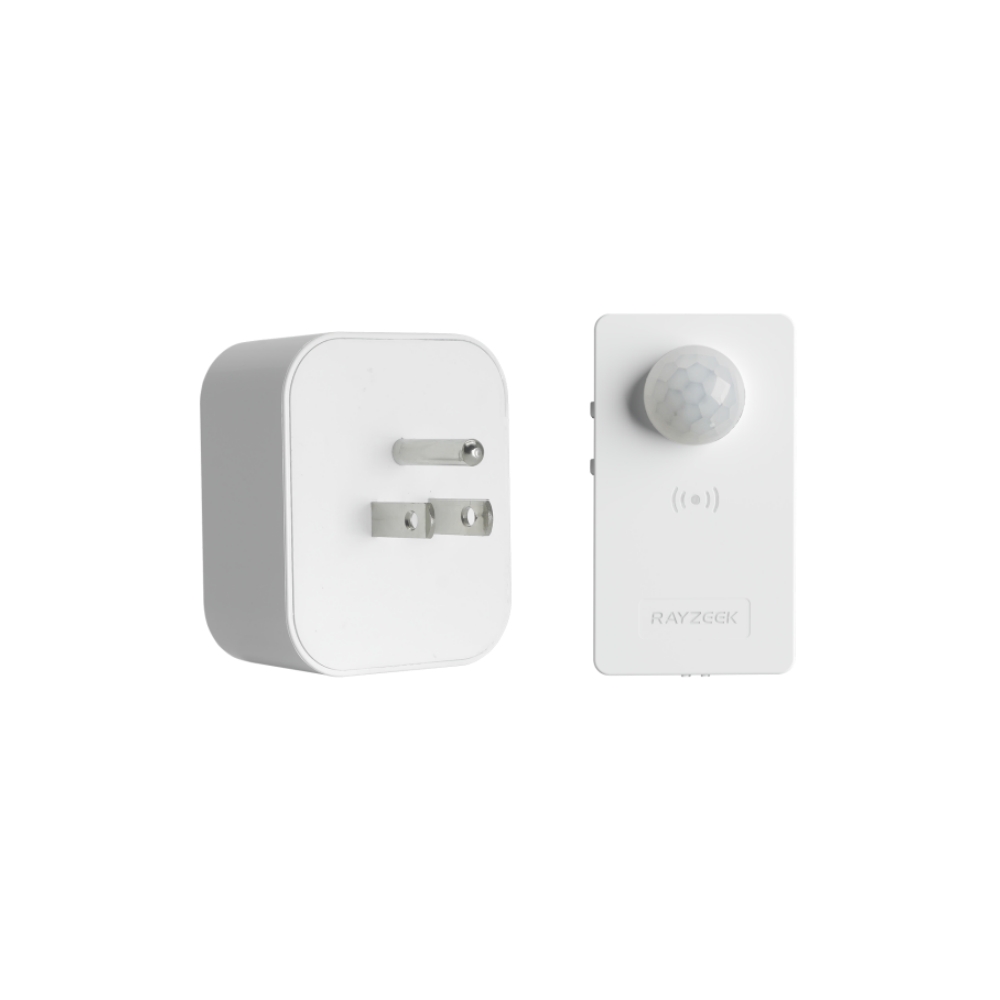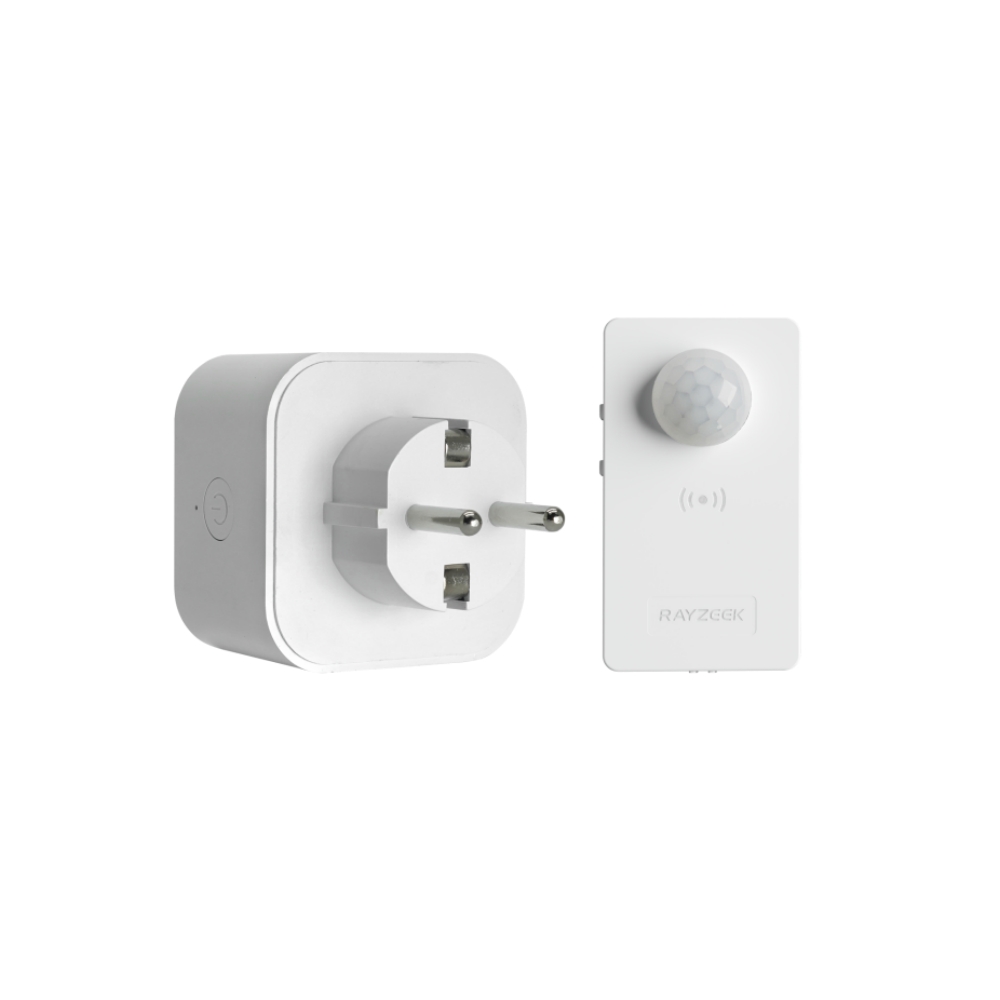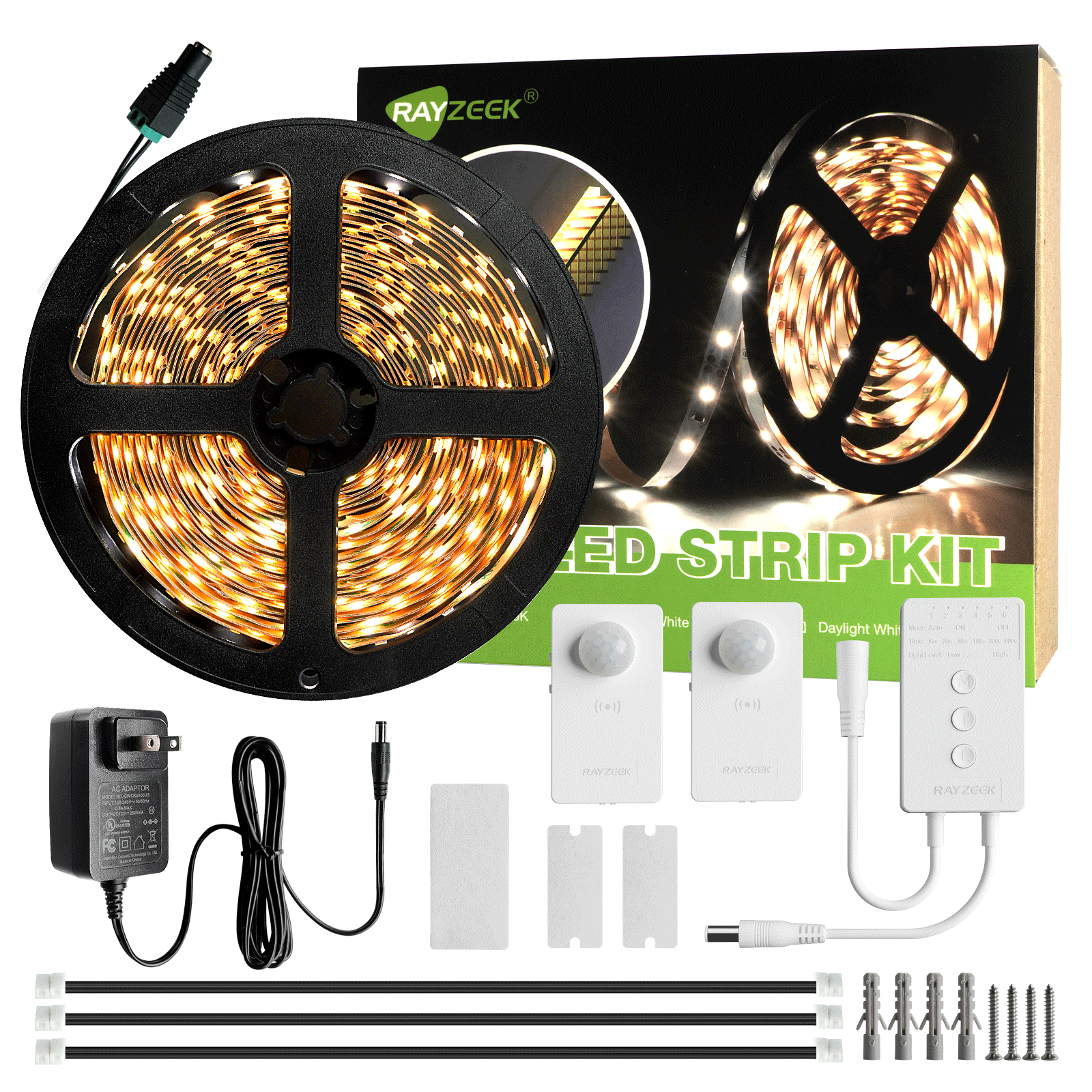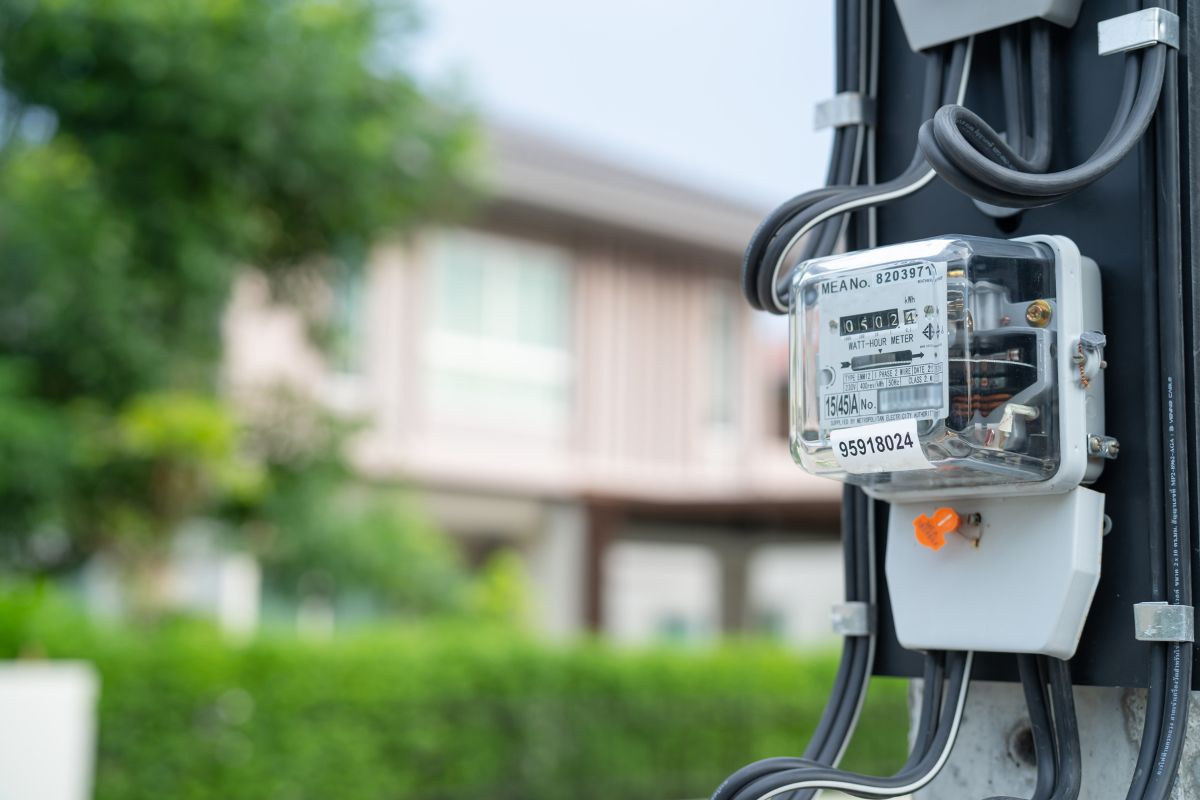Sind Plug-in-Energiespargeräte eine legitime Möglichkeit, Ihre Stromrechnungen zu senken, oder sind sie nur eine weitere Masche, die zu schön ist, um wahr zu sein? In den letzten Jahren wurde der Markt mit so genannten "Stromspargeräten" überschwemmt, die behaupten, Ihren Energieverbrauch drastisch zu senken. Aber halten diese Geräte wirklich, was sie versprechen? Lassen Sie uns die Wissenschaft hinter diesen Produkten erforschen und die Wahrheit über ihre Wirksamkeit herausfinden.
Was sind Plug-in-Stromspargeräte und was versprechen sie?
Plug-in-Stromspargeräte, auch bekannt als "Power Savers", "Stromsparboxen" oder unter bestimmten Markennamen wie "Pro Power Save", "Esaver", "Miracle Watt" und "Voltex", sind Produkte, die als einfache Lösungen zur Senkung des Energieverbrauchs im Haushalt vermarktet werden. Bei diesen Geräten handelt es sich in der Regel um kleine Boxen, die direkt in eine Steckdose eingesteckt werden und von dort aus ihre energiesparende Wirkung entfalten sollen.
Wie behaupten sie zu funktionieren?
Das Marketing für diese Geräte verwendet oft eine vage und technisch klingende Sprache, um ihre angebliche Funktionalität zu erklären. Sie behaupten, dass sie:
- Elektrischen Strom stabilisieren
- Verringerung des "schmutzigen Stroms" (Schwankungen in der Elektrizitätsversorgung)
- "Den Strom begradigen" oder "die schmutzige Spannung reinigen".
- Verwendung von Kondensatoren zum Ausgleich des Stroms
Die vielleicht verlockendste Behauptung ist, dass diese Geräte den Stromverbrauch um bis zu 25% oder in einigen Fällen sogar um bis zu 90% senken können. Aber wie realistisch sind diese Behauptungen? Schauen wir uns die Wissenschaft hinter dem Stromverbrauch an, um zu verstehen, warum diese Geräte leider zu schön sind, um wahr zu sein.
Leistungsfaktor-Korrektur: Warum sie für die Industrie und nicht für Privathaushalte wichtig ist
Um zu verstehen, warum steckerfertige Stromspargeräte für Haushalte nicht so funktionieren, wie sie beworben werden, müssen wir uns mit dem Konzept der Leistungsfaktorkorrektur befassen.
Was ist Leistungsfaktorkorrektur?
Der Leistungsfaktor ist das Verhältnis der Arbeitsleistung (gemessen in Kilowatt, kW) zur Scheinleistung (gemessen in Kilovoltampere, kVA). Einfach ausgedrückt, ist er ein Maß dafür, wie effizient die elektrische Energie genutzt wird. Die Leistungsfaktorkorrektur ist eine Technik zur Verbesserung dieses Wirkungsgrads, die vor allem in der Industrie eingesetzt wird.
Warum die Korrektur des Leistungsfaktors für die Industrie wichtig ist
In industriellen Umgebungen ist die Korrektur des Leistungsfaktors aus mehreren Gründen entscheidend:
- Kosteneinsparungen: Viele Energieversorgungsunternehmen verlangen von industriellen Nutzern Strafgebühren, wenn ihr Leistungsfaktor unter einen bestimmten Wert fällt (in der Regel 0,80 oder 0,85). Durch die Verbesserung ihres Leistungsfaktors können die Unternehmen diese Strafen vermeiden.
- Geringere Nachfragegebühren: Versorgungsunternehmen berechnen ihre Gebühren für große Industriekunden häufig auf der Grundlage der "Gesamtleistung", die sowohl Wirk- als auch Blindleistung umfasst. Die Verbesserung des Leistungsfaktors kann zu einer erheblichen Senkung dieser Gebühren führen.
- Verbesserte Leistung der Geräte: Ein besserer Leistungsfaktor kann zu einem effizienteren Betrieb elektrischer Geräte führen, was deren Lebensdauer verlängern kann.
Warum die Leistungsfaktorkorrektur für Haushalte keine Rolle spielt
Der entscheidende Punkt ist, dass die Vorteile der Blindleistungskompensation für private Stromverbraucher einfach nicht gelten. Warum eigentlich? Dafür gibt es mehrere Gründe:
- Abrechnungsmethoden: Privatkunden werden in der Regel nach der tatsächlich verbrauchten Leistung (Kilowattstunden) abgerechnet, nicht nach der Scheinleistung (kVA). Das bedeutet, dass selbst wenn ein Gerät den Leistungsfaktor Ihres Hauses verbessern könnte, dies nicht direkt zu niedrigeren Stromrechnungen führen würde.
- Bereits hoher Leistungsfaktor: Der Leistungsfaktor in typischen Wohnhäusern ist bereits recht hoch, oft über 0,90. Das bedeutet, dass es nur sehr wenig Spielraum für Verbesserungen gibt, selbst wenn sich diese auf die Abrechnung auswirken würden.
- Unterschiedliche elektrische Lasten: Die meisten Haushaltsgeräte erzeugen nicht die Art von Blindlast, die eine Blindleistungskompensation in industriellen Umgebungen erforderlich macht.
Wenn also die Leistungsfaktorkorrektur nicht die Lösung für Energieeinsparungen im Haushalt ist, was steckt dann wirklich in diesen Plug-in-Geräten, und haben sie überhaupt eine Wirkung?
Das Innere der Box: Untersuchung der Realität von Stromsparern
Das Innere der Geräte: Was ist da wirklich drin?
Wenn wir einen Blick in das Innere der meisten Plug-in-Energiespargeräte werfen, ist die Realität weit weniger beeindruckend, als es die Werbeaussagen vermuten lassen. In der Regel enthalten diese Geräte:
Lassen Sie sich von den Portfolios der Rayzeek-Bewegungssensoren inspirieren.
Sie haben nicht gefunden, was Sie suchen? Keine Sorge! Es gibt immer alternative Möglichkeiten, Ihre Probleme zu lösen. Vielleicht kann eines unserer Portfolios helfen.
- Ein LED-Licht: Dies erweckt den Anschein, dass das Gerät "funktioniert".
- Ein einfacher Kondensator: Während Kondensatoren in der Industrie zu Recht zur Leistungsfaktorkorrektur eingesetzt werden, sind die kleinen Kondensatoren in diesen Geräten für den Hausgebrauch untauglich.
- Manchmal auch gar nichts: Einige Untersuchungen haben ergeben, dass manche Geräte nichts weiter enthalten als eine Plastikbox mit Drähten.
Analyse von Stromsparern bei reaktiven und ohmschen Lasten
Theoretisch können diese Geräte die Stromaufnahme einiger Geräte leicht verringern. Dies führt jedoch nicht zu einem geringeren Stromverbrauch oder niedrigeren Stromrechnungen für private Verbraucher. Hier ist der Grund dafür:
- Bei ohmschen Lasten (wie Glühbirnen oder Heizelementen) ist der Leistungsfaktor bereits gleich eins (1,0), so dass es keinen Spielraum für Verbesserungen gibt.
- Bei Blindlasten (wie z. B. Motoren in Kühlschränken oder Klimaanlagen) ändert eine geringfügige Verringerung des Stroms nichts an der tatsächlichen Leistungsaufnahme zur Verrichtung der Arbeit.
Die Auswirkungen von Spannungsspitzen auf Haushaltsgeräte
Einige Stromspargeräte behaupten, vor Spannungsspitzen zu schützen. Spannungsspitzen können zwar zu einem geringen Anstieg des Stromverbrauchs führen, doch ist dieser in einem Wohnbereich normalerweise vernachlässigbar. Außerdem haben die meisten modernen Geräte bereits einen eingebauten Schutz gegen kleinere Spannungsschwankungen.
Sicherheitsrisiken: Die versteckten Gefahren des Stromsparbetrugs
Diese Geräte sind nicht nur unwirksam, sondern können auch ernsthafte Sicherheitsrisiken mit sich bringen.
Allgemeine Sicherheitsrisiken
Viele dieser Geräte sind billig hergestellt und verfügen nicht über die erforderlichen Sicherheitszertifikate. Dies kann zu möglichen Stromschlägen und Bränden führen, wenn sie an das Stromnetz angeschlossen werden.
Spezifische Sicherheitsmängel
Unabhängige Tests haben bei vielen dieser Geräte alarmierende Sicherheitsmängel festgestellt:
- Unzureichende Sicherungen: Die in diesen Geräten verwendeten Sicherungen bieten möglicherweise keinen ausreichenden Schutz gegen Überstromsituationen.
- Minderwertige MOVs (Metall-Oxid-Varistoren): Diese Bauteile, die vor Spannungsspitzen schützen sollen, können von schlechter Qualität oder falsch bemessen sein.
- Nicht zugelassene Stecker: Einige Geräte verwenden Steckertypen, die in bestimmten Ländern nicht zugelassen sind, was ein zusätzliches Sicherheitsrisiko darstellt.
Fälle von Überhitzung und Feuer
Es gibt dokumentierte Fälle, in denen diese Geräte überhitzen oder sogar Feuer fangen. Allein diese Gefahr sollte jeden davon abhalten, diese Produkte in seinem Haushalt zu verwenden.
Bewährte Energiesparer: Alternativen, die tatsächlich funktionieren
Anstatt sich auf ineffektive und potenziell gefährliche Steckdosengeräte zu verlassen, gibt es viele bewährte Möglichkeiten, den Energieverbrauch Ihres Hauses zu senken. Sehen wir uns einige Alternativen an, die tatsächlich funktionieren:
Energieeffiziente Beleuchtung
Eine der einfachsten und effektivsten Möglichkeiten, den Energieverbrauch zu senken, ist die Umstellung auf LED-Beleuchtung. LED-Glühbirnen verbrauchen bis zu 90% weniger Energie als herkömmliche Glühbirnen und halten viel länger, was im Laufe der Zeit erhebliche Einsparungen ermöglicht.
Intelligente Haushaltsgeräte
- Intelligente Thermostate: Diese können Ihre Gewohnheiten erlernen und die Heizung und Kühlung optimieren, wodurch Sie bis zu 10% Ihrer Heiz- und Kühlrechnungen einsparen können.
- Intelligente Steckdosenleisten: Diese können die Stromzufuhr zu Geräten im Standby-Modus unterbrechen und so die "Vampir"-Energieverschwendung reduzieren.
- Intelligente Schalter: Diese ermöglichen eine bessere Kontrolle über Ihre Beleuchtung, indem sie sich aus der Ferne aktivieren und die Helligkeit einstellen lassen.
Energieeffiziente Haushaltsgeräte
Wenn es an der Zeit ist, Ihre Geräte zu ersetzen, achten Sie auf Geräte mit dem ENERGY STAR-Siegel. Diese Geräte erfüllen die strengen Energieeffizienzrichtlinien der US-Umweltschutzbehörde und des US-Energieministeriums. Zum Beispiel:
- ENERGY STAR-zertifizierte Kühlschränke verbrauchen etwa 15% weniger Energie als nicht zertifizierte Modelle.
- ENERGY STAR-zertifizierte Waschmaschinen verbrauchen etwa 25% weniger Energie und 33% weniger Wasser als Standardmodelle.
Lösungen für erneuerbare Energien
Sie erfordern zwar eine größere Anfangsinvestition, doch können Lösungen für erneuerbare Energien langfristig erhebliche Einsparungen bringen:
- Solarstromanlagen: Diese können Ihre Stromrechnungen im Laufe der Zeit drastisch reduzieren oder sogar eliminieren.
- Solarbetriebene Ladegeräte: Diese können die Abhängigkeit vom Stromnetz für kleine Geräte verringern.
Praktische Maßnahmen
Es gibt auch viele kostenlose oder kostengünstige Maßnahmen, mit denen Sie Ihren Energieverbrauch senken können:
- Schalten Sie Lichter und Geräte aus, wenn sie nicht benutzt werden.
- Verwenden Sie Energiemonitore, um Ihren Stromverbrauch zu überwachen und Bereiche mit Verbesserungspotenzial zu ermitteln.
- Verbessern Sie die Isolierung Ihres Hauses, um die Heiz- und Kühlkosten zu senken.
- Nutzen Sie, wenn möglich, natürliche Beleuchtung und Belüftung.
Marketing-Täuschungen: Wie Stromsparer-Betrügereien die Verbraucher ködern
Wenn Sie die Taktik verstehen, mit der diese unwirksamen Geräte vermarktet werden, können Sie vermeiden, in Zukunft auf ähnliche Betrügereien hereinzufallen.
Suchen Sie nach bewegungsaktivierten Lösungen zum Energiesparen?
Wenden Sie sich an uns, wenn Sie komplette PIR-Bewegungsmelder, bewegungsaktivierte Energiesparprodukte, Bewegungsmelderschalter und kommerzielle Präsenz-/Leerstandslösungen benötigen.
Verwendung von gefälschten Bewertungen und Befürwortungen
Viele Vermarkter von Stromspargeräten verwenden gefälschte Bewertungen und falsche Prominentenempfehlungen, um ihren Produkten Glaubwürdigkeit zu verleihen. Sie behaupten vielleicht, dass eine bekannte Persönlichkeit wie Elon Musk ihr Gerät empfohlen oder sogar erfunden hat.
Falsche Behauptungen über Gerätefähigkeiten
Diese Vermarkter machen oft haarsträubende Behauptungen über die Fähigkeiten ihrer Geräte, wie z. B.:
- Schutz vor Stromstößen
- Verringerung der "elektromagnetischen Strahlung"
- Reinigung des Stromkreises von "Kohlenstoff"
Diese Behauptungen sind nicht nur falsch, sondern oft auch wissenschaftlich unsinnig.
Verwendung von gefälschten Inhalten
Einige Vermarkter gehen sogar so weit, dass sie völlig erfundene Geschichten erfinden, um ihre Behauptungen zu untermauern. Sie könnten zum Beispiel eine Geschichte über einen Mitarbeiter erfinden, der die Entwicklung des Geräts inspiriert hat.
Irreführende Fachbegriffe
Um seriöser zu wirken, verwenden diese Vermarkter oft technisch klingende Begriffe, die entweder falsch verwendet oder völlig erfunden sind. Beispiele hierfür sind:
- "Zum Patent angemeldete Technologie"
- "Fortschrittliche Kondensatoren"
- "Bahnbrechende Technologie zur Stabilisierung der Elektrizität"
Ausweichende Geschäftspraktiken
Um negative Bewertungen und Kontrollen zu vermeiden, ändern einige Unternehmen, die hinter diesen Geräten stehen, häufig ihre Namen oder schaffen mehrere Markennamen für ein und dasselbe Produkt.
Vielleicht sind Sie interessiert an
Der Kampf gegen den Betrug: Die Bedeutung der Sensibilisierung der Verbraucher
Die beste Verteidigung gegen diese Betrügereien ist eine informierte Verbraucherbasis. Hier erfahren Sie, wie wir diese betrügerischen Praktiken bekämpfen können:
Die Rolle der Bildung
Die Verbreitung genauer Informationen darüber, wie Strom funktioniert und wie man wirklich Energie sparen kann, ist von entscheidender Bedeutung. Je mehr Menschen diese Konzepte verstehen, desto geringer ist die Wahrscheinlichkeit, dass sie auf Betrüger hereinfallen.
Bewusstsein für irreführende Behauptungen
Wenn die Verbraucher lernen, die üblichen Taktiken von Betrügern zu erkennen, können sie die roten Fahnen ausmachen. Wenn die Behauptungen eines Produkts zu gut klingen, um wahr zu sein, sind sie es wahrscheinlich auch.
Der Wert unabhängiger Bewertungen
Ermutigen Sie die Verbraucher, vor dem Kauf Bewertungen von unabhängigen Organisationen und seriösen Verbraucherschutzorganisationen einzuholen.
Meldung betrügerischer Aktivitäten
Wenn Sie auf ein betrügerisches Stromspargerät stoßen, melden Sie es den zuständigen Behörden wie der Federal Trade Commission (FTC) in den Vereinigten Staaten. Dies kann dazu beitragen, andere Verbraucher davor zu schützen, Opfer desselben Betrugs zu werden.
Zusammenfassend lässt sich sagen, dass die Verlockung einer drastischen Senkung der Energierechnungen durch ein einfaches Plug-in-Gerät zwar verlockend ist, die Realität jedoch zeigt, dass diese Produkte nicht so funktionieren, wie sie angepriesen werden, und sogar Sicherheitsrisiken bergen können. Konzentrieren Sie sich stattdessen auf bewährte Energiesparmethoden und bleiben Sie informiert, um sich vor Betrügereien zu schützen. Denken Sie daran, wenn es um Energieeinsparungen geht: Was zu schön klingt, um wahr zu sein, ist es wahrscheinlich auch.





























